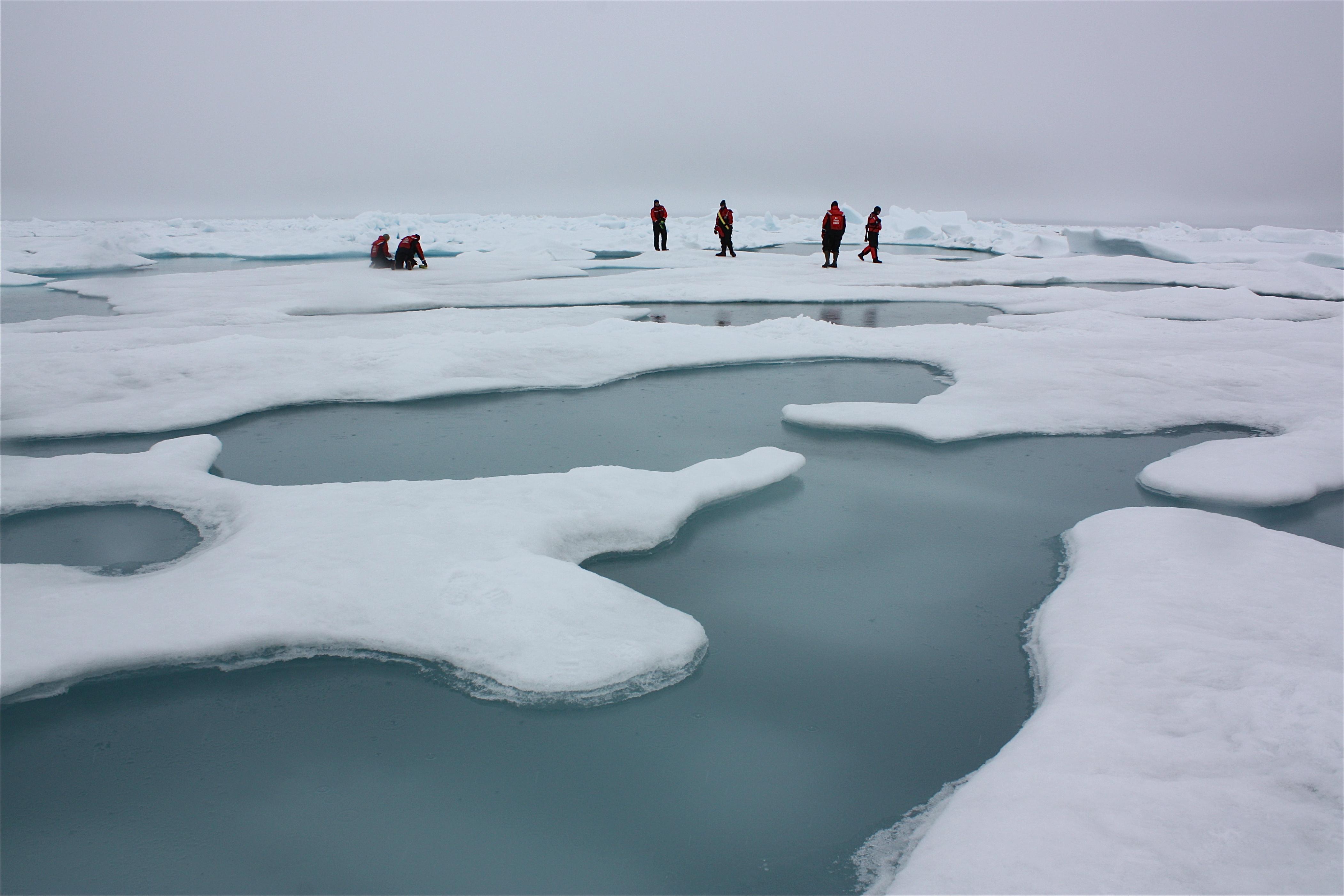Why the Arctic Report Card grows more important every year
ANALYSIS: The more time passes and the Arctic changes, the wiser a 2005 decision to provide an annual summary of Arctic research and conditions now seems.

We can be thankful for the scientists who gathered in 2005 for a workshop at the Woods Hole Oceanographic Institution to talk about a baseline report on conditions in the Arctic.
Their efforts evolved into the annual Arctic Report Card, a vital summary of the latest scientific data about climate change in the Arctic.
“From the start, the intent was to keep the report short, straightforward, and to highlight observational data rather than model reports,” the Arctic Research Consortium of the United States said.
With each passing year, the decision to provide a status report of the world’s leading research on the Arctic becomes more important for northerners and everyone on the planet.
It has led to a stronger scientific record and to greater public awareness about the challenges. The 13th edition is not difficult to read, but the forces at work are complex and what’s really worrisome is how much we have yet to understand.
The report is the work of more than 80 scientists from a dozen countries.
“New emerging threats are taking form and highlighting the level of uncertainty in the breadth of environmental change that is to come,” the National Oceanic and Atmospheric Association said.
These include toxic algal blooms in the Arctic Ocean, the threat posed by marine plastics to seabirds and marine life and other environmental changes.
The new report card confirms and builds upon the findings of earlier years about the implications of rising temperatures, shrinking sea ice and other undeniable changes.
“As a result of atmospheric and ocean warming, the Arctic is no longer returning to the extensively frozen region of past decades,” the editors said.
The rest of the globe is “already experiencing the changes and implications of a warming and melting Arctic.”
The sea ice is younger, thinner and covers a smaller portion of Arctic waters than it did in the past. With warmer air and ocean temperatures, less than 1 percent of Arctic ice is more than four years old.
The marine ecosystem and its food chain are changing, while on land the reduction in snow cover means that more fresh water is entering the ocean. The tundra vegetation is expanding, but caribou and wild reindeer populations have dropped by nearly 50 percent over two decades.
Last year brought the second warmest temperatures in the Arctic since 1900, surpassed only by 2016. The past five years have been the warmest in the past 120 years.
The Arctic continues to warm at about twice the pace of the rest of the globe, a phenomenon known as “amplification” that remains somewhat of a puzzle, eight co-authors said in their chapter on surface temperatures.
It could be driven by a combination of a reduction in light reflectivity in summer because of the decline in sea ice, an increase in water vapor content, changes in the cloud cover and pollution levels.
They said that natural variability is always a factor in air temperatures, but the “magnitude, year-to-year persistence, and Arctic-wide character of recent temperature increases is a major indicator of global change and the concentration of atmospheric greenhouse gases.”
The leading Arctic researchers say there is no indication that the trend is about to stop.
“The warming Arctic appears to have interconnections with the wider world,” NOAA said in a summary, citing changes in the jet stream and the theories about links to unusual weather at lower latitudes.
“Exactly how the northern meltdown will ‘play ball’ with other changes and natural fluctuations in the system presents many questions that will keep scientists busy for years to come, but it’s becoming ice-crystal-clear that change in the far north will increasingly affect us all,” wrote Jennifer Francis, a senior scientist at the Woods Hole Research Center.
Not that many years ago, there were computer models showing that an ice-free Arctic summer might not happen until 2070. The estimated date of that occurrence has steadily drawn nearer to the present as scientists gather more knowledge about the complex web of climatic issues.
The new edition of the Arctic Report Card will not force the Trump administration to take climate change seriously, but it adds evidence to a powerful incremental record that we ignore at our peril.
Dermot Cole can be reached at [email protected].